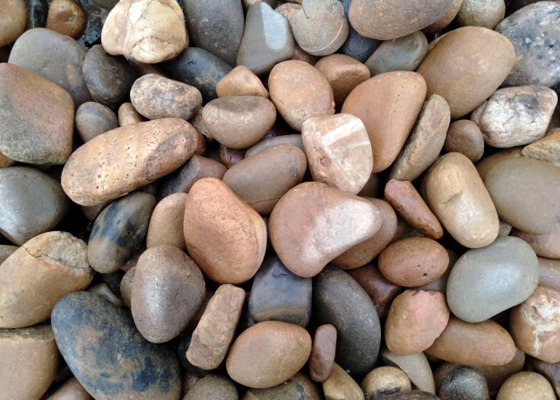A river stone crushing plant typically involves several stages of processing to achieve the desired final end products. These stages often include crushing, screening, and washing processes to produce aggregates of various sizes that are suitable for construction purposes.

Components of a River Stone Crushing Plant
1. Primary Crushing: The process starts with primary crushing, where large river stones are fed into a jaw crusher for initial reduction in size. Jaw crushers are robust machines designed to handle tough materials and are often used in the first stage of the crushing process due to their ability to handle large stones.
2. Secondary Crushing: After primary crushing, the crushed river stones are further processed in secondary crushers such as impact crushers or cone crushers. These machines further reduce the stone size to produce the desired aggregates. Impact crushers use the principle of impact to crush materials, while cone crushers use compression crushing.
3. Screening: The crushed river stones are then screened to separate them into different sizes of aggregates. Vibrating screens are commonly used for this purpose, sorting the aggregates into various sizes according to specific requirements. This screening process ensures that the final products meet the desired specifications for use in construction.
4. Washing Process: In some cases, river stones may need to be washed to remove fine particles and impurities. This is particularly important for producing high-quality aggregates used in concrete and asphalt production. Washing typically involves rinsing the crushed stone with water and sometimes using scrubbing equipment to clean the surfaces of the stones.
5. Final Products: The final products of a river stone crushing plant include various sizes of aggregates that are used in construction projects such as road base, concrete aggregate, and asphalt pavement aggregate. The specific sizes and types of aggregates produced depend on the end-use requirements specified by customers or project engineers.
Equipment Used
A typical river stone crushing plant includes primary and secondary crushers, vibrating screens, belt conveyors for material transport, a washing system for cleaning aggregates, and storage facilities for the final products. The selection of equipment depends on factors such as the hardness and abrasiveness of the stones, required production capacity, and final product specifications.
Market Demand
A river stone crushing plant plays a crucial role in processing natural river stones into valuable aggregates for construction purposes. By following a systematic process of crushing, screening, and washing, these plants produce high-quality materials that meet industry standards and customer specifications, contributing to infrastructure development and economic growth.

